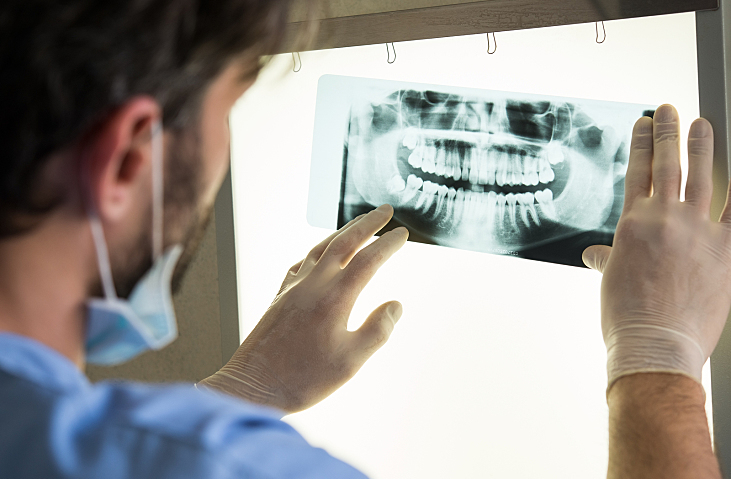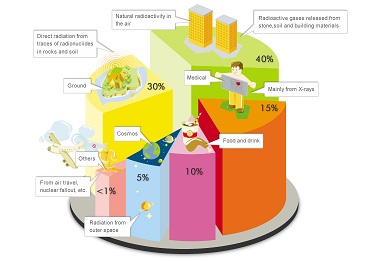
National X-Ray Day
On November 8, 1895, while testing rays passing through glass, German physicist Wilhelm Conrad Rontgen accidentally discovered X-rays. As the rays passed through a nearby chemically coated screen, he noticed a glow coming from it. He dubbed the rays that caused this glow “X” because of their unknown nature.
X-rays are electromagnetic energy waves that act similarly to light rays. Rontgen wanted to better understand this new discovery so he completed a series of experiments. He learned that X-rays penetrate human flesh but not higher-density substances such as bone or lead. He also discovered that they can be photographed.
This discovery was labeled a medical miracle and X-rays soon became an important diagnostic tool in medicine, allowing doctors to see inside the human body for the first time without surgery. This new tool was first used on the battlefield to help find bullets and broken bones inside patients.
While scientists were quick to realize the benefits of X-rays, they were a bit slower to comprehend the potential harmful effects of radiation. Initially, it was believed X-rays passed through human flesh as harmlessly as light. However, within several years, researchers began to report cases of burns and skin damage after exposure to X-rays. It wasn’t until 1904, when Thomas Edison’s assistant, Clarence Dally, died of skin cancer, that scientists began taking the risks of radiation more seriously.
Today, X-ray technology is widely used in medicine, material analysis and devices such as airport security cameras.
We are exposed to radiation every day. Background or natural radiation makes up about half of our annual exposure. It can be found in the air, soil, water, cosmic rays and even the foods we eat. Man-made radiation comes mostly from medical or diagnostic procedures such as X-rays.
Out of all the diagnostic X-rays available, dental X-rays have one of the lowest doses of radiation. A routine exam including 4 bitewing X-rays is less than one day of natural background radiation.
Dental X-rays are used for a variety of reasons.
- Look for decay between teeth
- Check for bone loss
- Check for decay under fillings
- Look for infection at the tip of the root
- Examine an area before dental procedures
According to the American Dental Association, dental X-ray exams are safe and the tools and techniques used are designed to limit the body’s exposure to radiation.
If you have concerns about dental X-rays, be sure to talk with us at your next routine cleaning and exam.
https://www.mouthhealthy.org/en/az-topics/x/x-rays
https://www.history.com/this-day-in-history/german-scientist-discovers-x-rays
Leave a reply →

